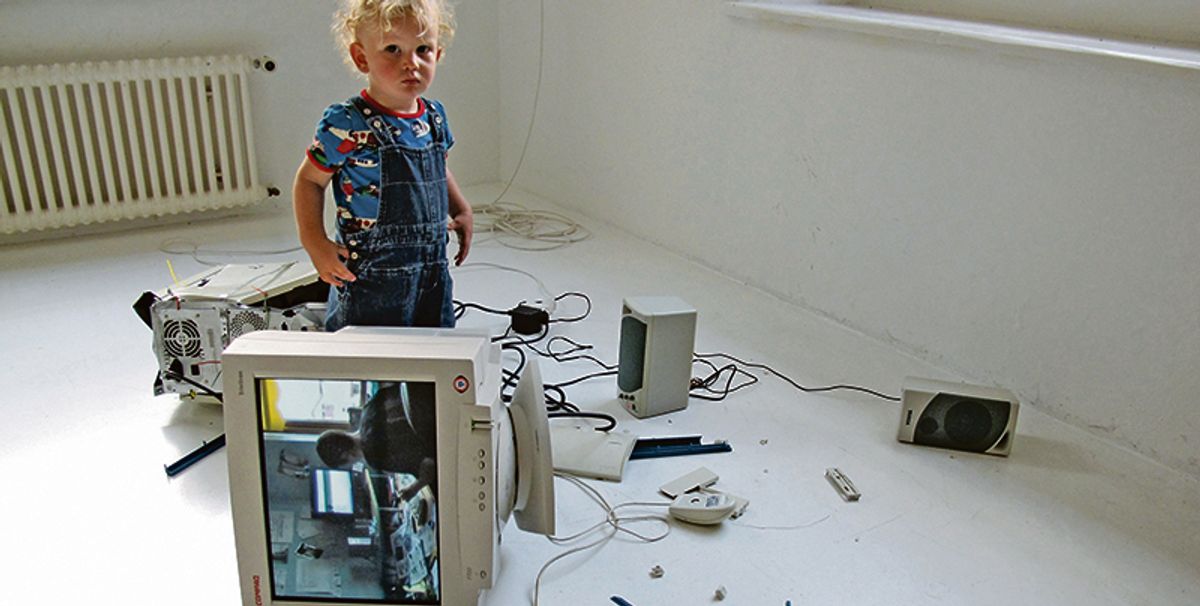The year is 2019. Police cars can fly, people are having sex with lifelike robots and the exodus to off-world colonies has begun. This may sound like a sci-fi movie, but many of the predictions in the original Blade Runner movie—set just two years from now—have already come true, not least the evolution of artificial intelligence (AI). In such a world, the question “what does it mean to be human” has become more urgent than ever. Artists have been grappling with the subject of personal identity for some time, but now a cluster of exhibitions across the US examine the profound social and ethical effects of technology on the human condition.
In Miami, Still Human—a group show that opened this week at the Rubell Family Collection—features works by 25 artists created in the past ten years in a broad range of materials including photography, sculpture, painting and video. “Our inclination is not towards technical works, our real concern is how technology is changing what it means to be human,” Mera Rubell says.
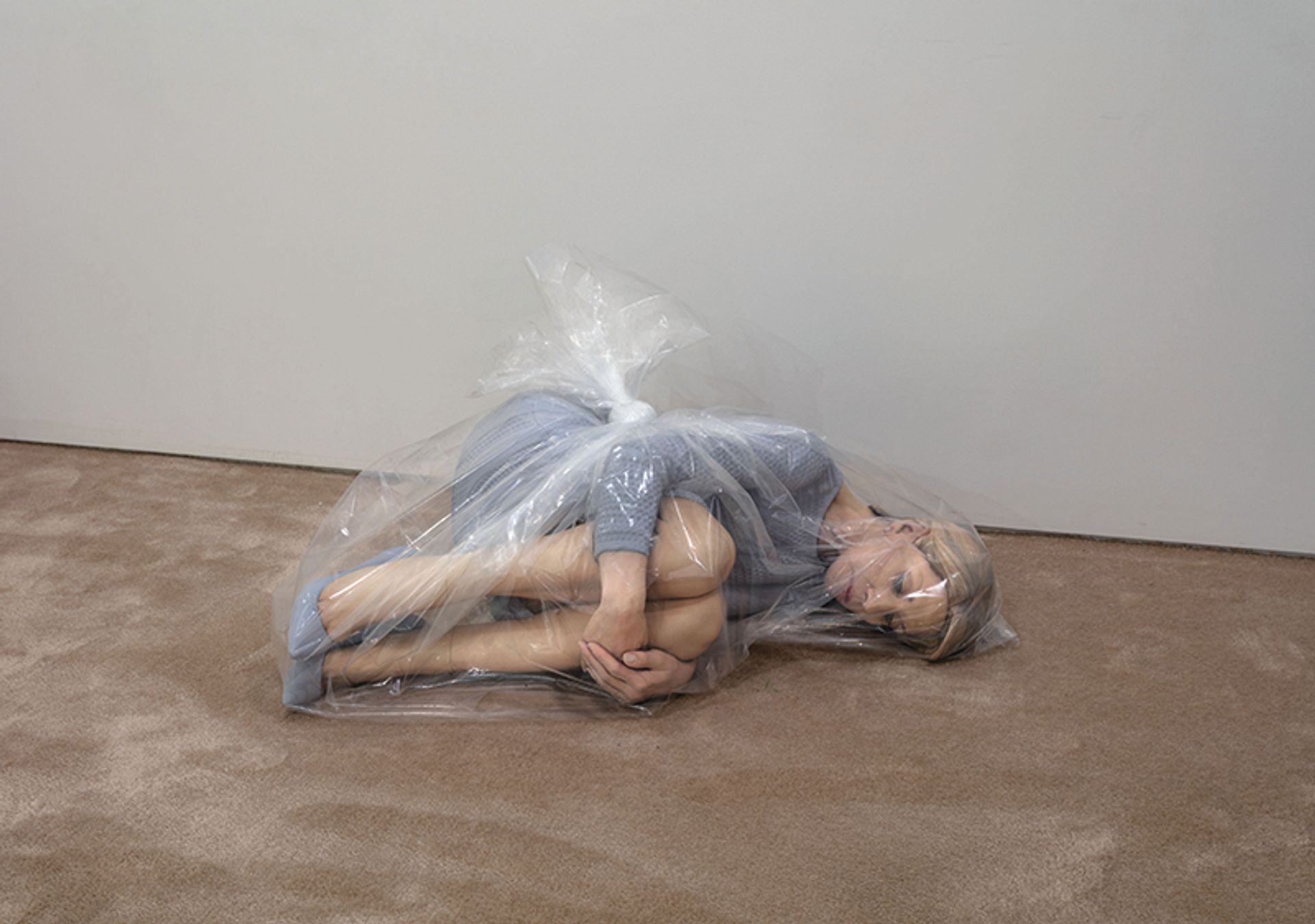
Thank you for your years of service (Joann/Lawyer) (2016) by Josh Kline Rubell Family Collection
Several pieces deal with the effects of automation on labour and the human body. Josh Kline’s sculpture, Thank you for your years of service (Joann/Lawyer) (2016), shows a well-dressed young professional woman lying in a clear rubbish bag, tossed away like an obsolete appliance. Created using 3D scanning technology, the work is a portrait of a real person who has lost her job.
“Technological unemployment is going to be one of the defining political and economic issues of the 21st century,” Kline says. “Once self-driving trucks hit the roads, it will become impossible to ignore the impact of these technologies any longer, or to blame them on immigrants or globalisation. At the moment, economic suffering is being used cynically as a way to further reactionary political agendas.”
Kline also ponders the benefits of automation. “Most work is drudgery—mental or physical—and most people hate their jobs. Can the benefits of that automation be distributed to the many instead of just to the few? Can we free ourselves from work?” he asks.
Rubell observes how robotic devices are already attuned to emotion, one of the fundamental traits that is supposed to distinguish us as human. “My five-year-old grandson tells Alexa [Amazon’s voice-activated assistant] that he loves her, and she replies: ‘Thank you, you’re so kind.’ The computer understands the difference between nice words and mean words; some humans don’t even understand that much,” she says.
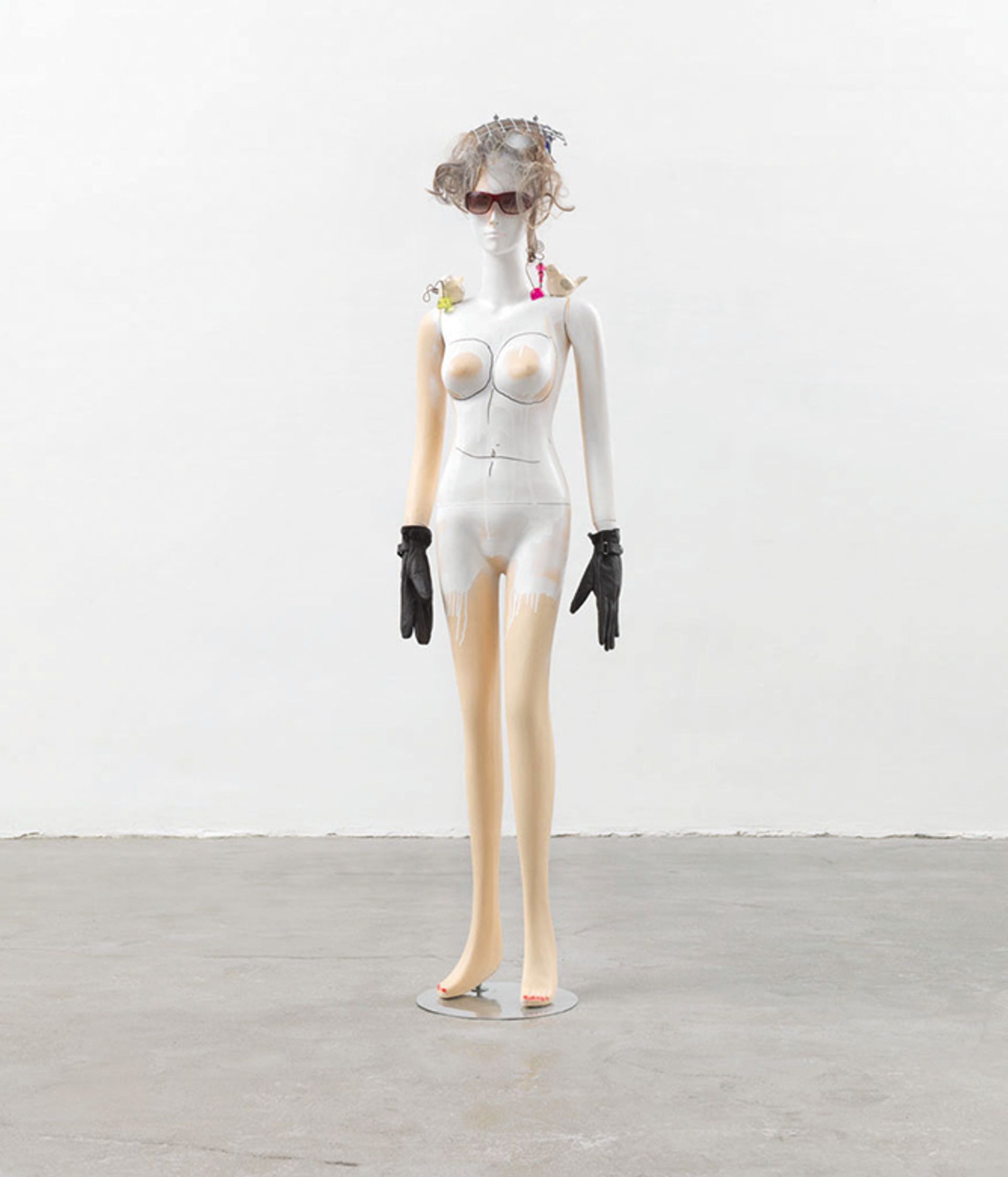
Schauspieler (2013) by Isa Genzken Rubell Family Collection
Other works on show, such as Isa Genzken’s Schauspieler (2013), an otherworldly-looking mannequin decked out in strange, futuristic garments, raise questions about body image and sexual identity in a world dominated by the quest for physical perfection, spurred on by biotechnological advancements. “The human body—and its representation—is being pushed to its limits,” Rubell says.
Art and the internet
Next February, the first comprehensive museum show in the US to focus on how the internet has radically changed the field of art over the past 20 years opens at the Institute of Contemporary Art (ICA) in Boston. Art in the Age of the Internet: 1989 to Today includes works that consider the human condition, or “the slippage between reality and the virtual”, says Eva Respini, the museum’s chief curator, who is taking part in a talk on art in the internet age at Art Basel in Miami Beach on 9 December.
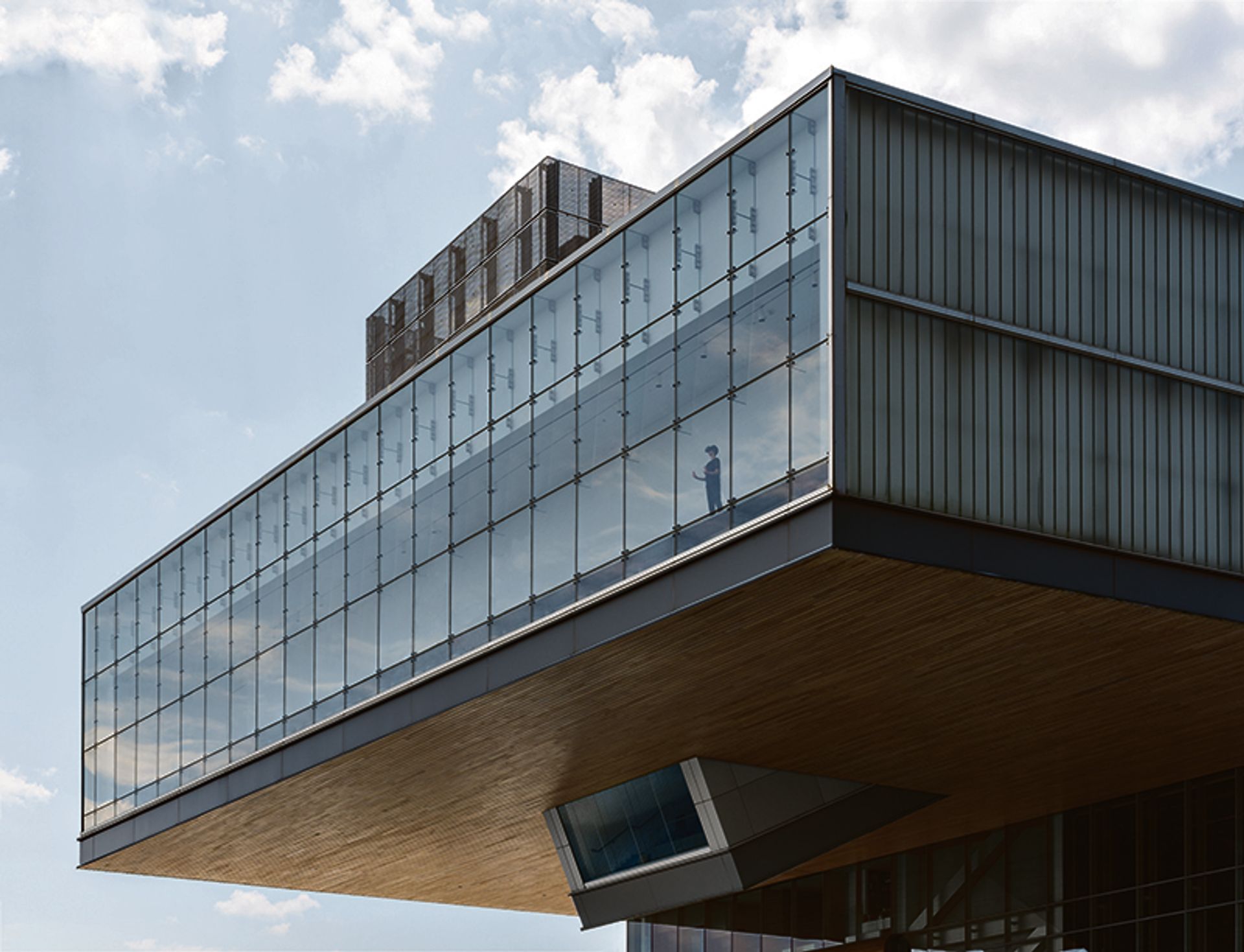
View of Harbor (2017) by Jon Rafman Photo: Matthew Monteith. © Jon Rafman
Man’s existence in the face of ecological disaster is called into question with works such as Jon Rafman’s View of Harbour (2017), a VR work the ICA Boston has commissioned specially for the exhibition. “The piece situates you in Boston’s harbour, which our building overlooks, but it immerses you in a post-apocalyptic scenario with rising tides that plunge you into the water,” Respini explains. “Jon talks about how the real world has been infiltrated by signs of the virtual.”
If medical technology’s ultimate goal is immortality, then death is arguably the decisive experience that marks us as human. Created in response to the Aids crisis, Judith Barry’s video sculpture, Imagination, dead imagine (1991), shows a head projected on to a 10ft-high cube. Various liquids that resemble bodily fluids are poured over the head, which is then wiped clean, only to be drenched again—a reference to the images of people dying of Aids at that time.
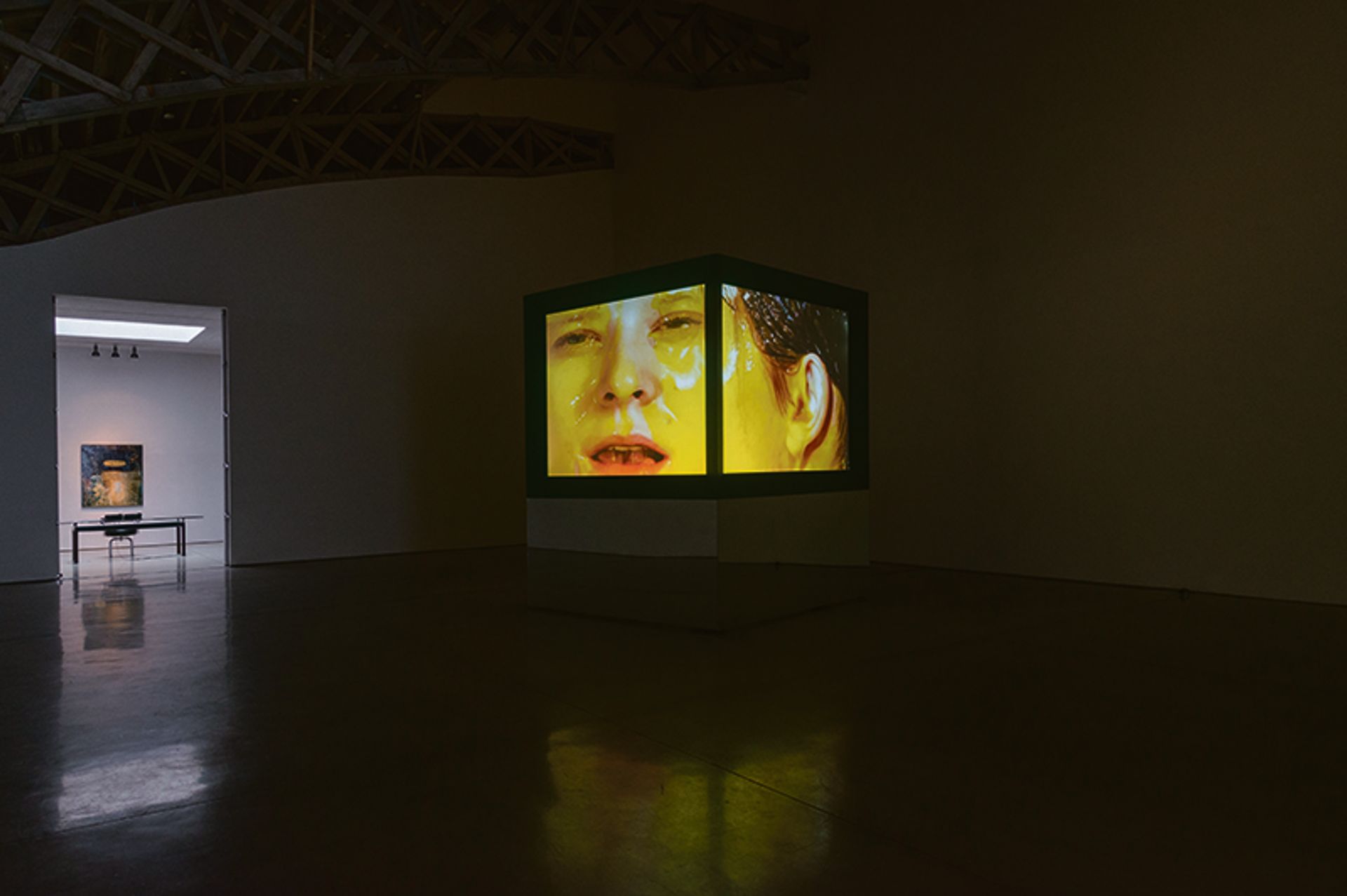
Imagination, dead imagine (1991) by Judith Barry Photo: courtesy of Mary Boone Gallery, New York
Barry explains in the exhibition catalogue how she sees the body in relation to technology. “That these images are electronically produced, defaced, and finally delivered ‘clean’ only to be sullied again leaves no uncertainty for the viewer that this head, while perhaps at first seemingly human, is in fact technologically generated,” she says.
Two more forthcoming shows also address the effects of technology on humanity. The Body Electric, which opens at the Walker Art Center in Minneapolis in March 2019, examines how the video screen has increasingly shifted the way we picture ourselves and create identities in the world. Spanning the 1960s to the present day, the show brings together artists including Trisha Baga, Nam June Paik, Pierre Huyghe and Bruce Nauman. Its curator, Pavel Pyś, is also taking part in the Art Basel panel discussion.
Generation.com
The exhibition I Was Raised on the Internet, meanwhile, which opens at the Museum of Contemporary Art Chicago next June, plots a more contemporary path, focusing on artists working since the millennium. Omar Kholeif, the curator of the show and another Art Basel panellist, describes the exhibition as “part two to Electronic Superhighway”, the landmark exhibition he organised at the Whitechapel Gallery in London last year.
The Chicago show is organised into five sections, each with the word “me” in the title, a nod to the narcissism of much online culture. Look at Me, for example, focuses on the way social media affects how we define ourselves, with work like Juliana Huxtable’s text piece Untitled (For Stewart) (2012), which describes, among other things, the artist’s desire to identify with an avatar. “As a trans queer poet, including her is very much about how specific gender minorities were only able to exist after the internet,” Kholeif says.
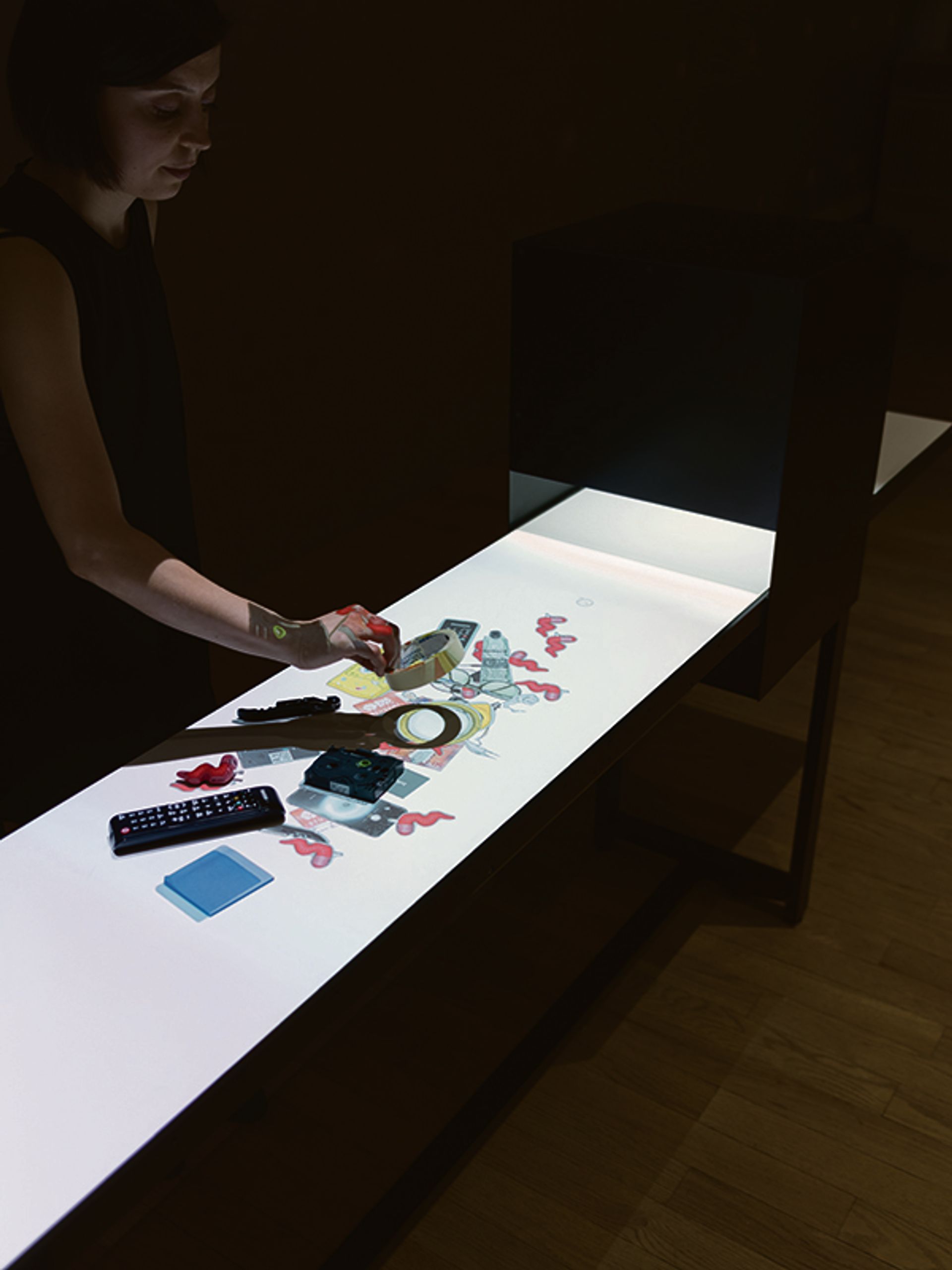
Please Empty Your Pockets (2010) by Rafael Lozano-Hemmer Photo: John Berens Photography
Another section, titled Control Me, is dedicated to the pervasive culture of surveillance. It includes Rafael Lozano-Hemmer’s installation Please Empty Your Pockets (2010), which consists of a conveyor belt that passes under a scanner that records every object the public puts on it. “Rafael is thinking very specifically about how we as humans have to give up parts of ourselves to pass through particular spaces—something we have become much more aware of in an increasingly technological age,” Kholeif says. Lozano-Hemmer is showing a work in Miami this week at the Untitled art fair that uses AI to track people and extract the most vivid colours from their bodies and clothes. The results are beamed on to screens at Bitforms gallery’s booth.
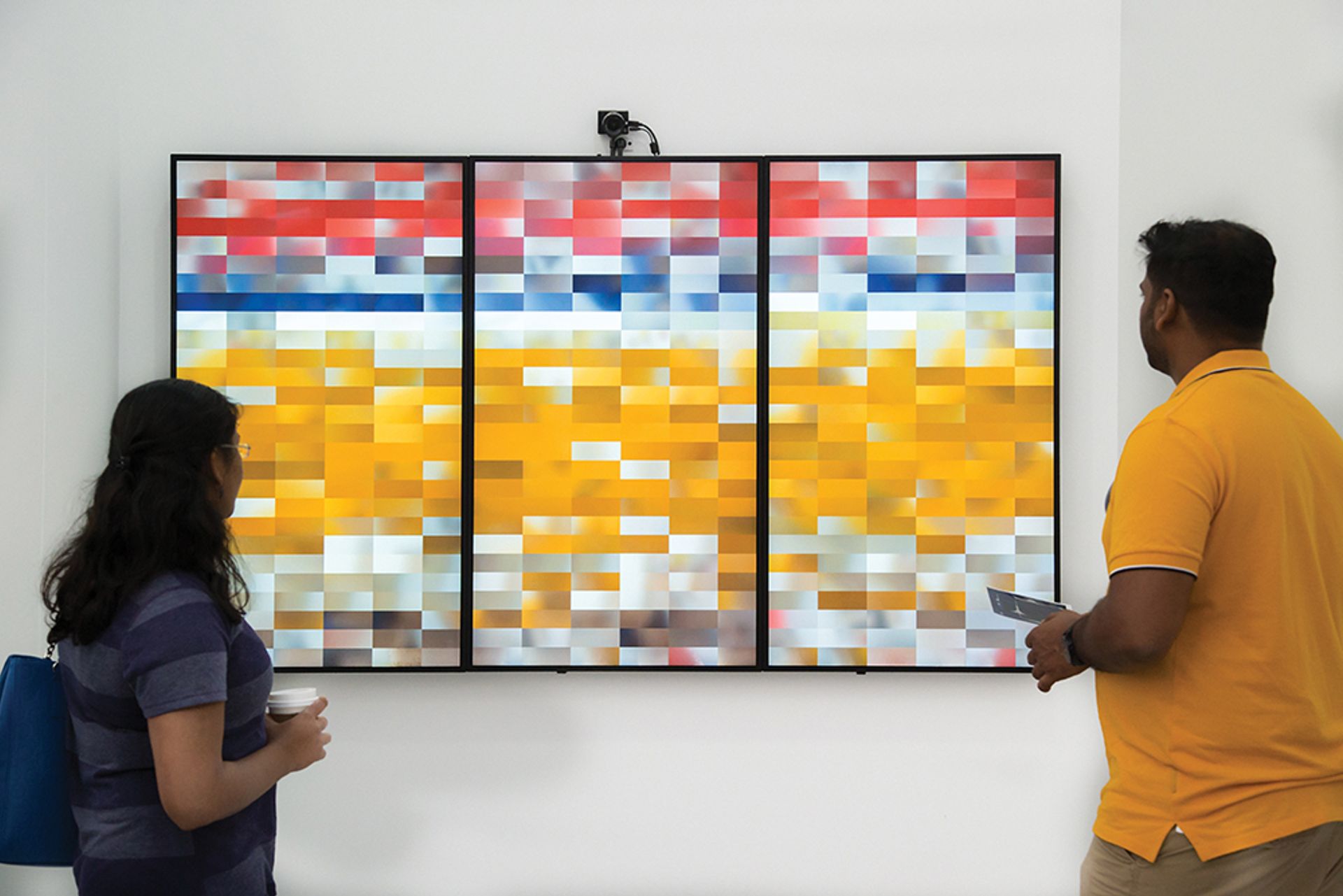
Saturation Sampler (2017) by Rafael Lozano-Hemmer Courtesy of bitforms gallery
With predictions that AI will be smarter than humans by 2029 and that a “technological singularity”—whereby man merges with machine—could happen by 2045, what does the future hold for the art world? “We will be viewing exhibitions on VR headsets from our living rooms and walking into buildings expecting every art work to be augmented with AR software,” Kholeif says. “We are now at a tipping point in terms of the number of artists working in these areas, but institutions are still catching up. Technology is changing the way we feel, the way we look at things, the way memories are constructed. This is fast becoming our reality and we need to push things forward.”
• Art Basel Curator Talk, I was Raised on the Internet (Omar Kholeif, Eva Respini, Pavel Pyś and Michael Connor), Saturday 9 December, 2pm


